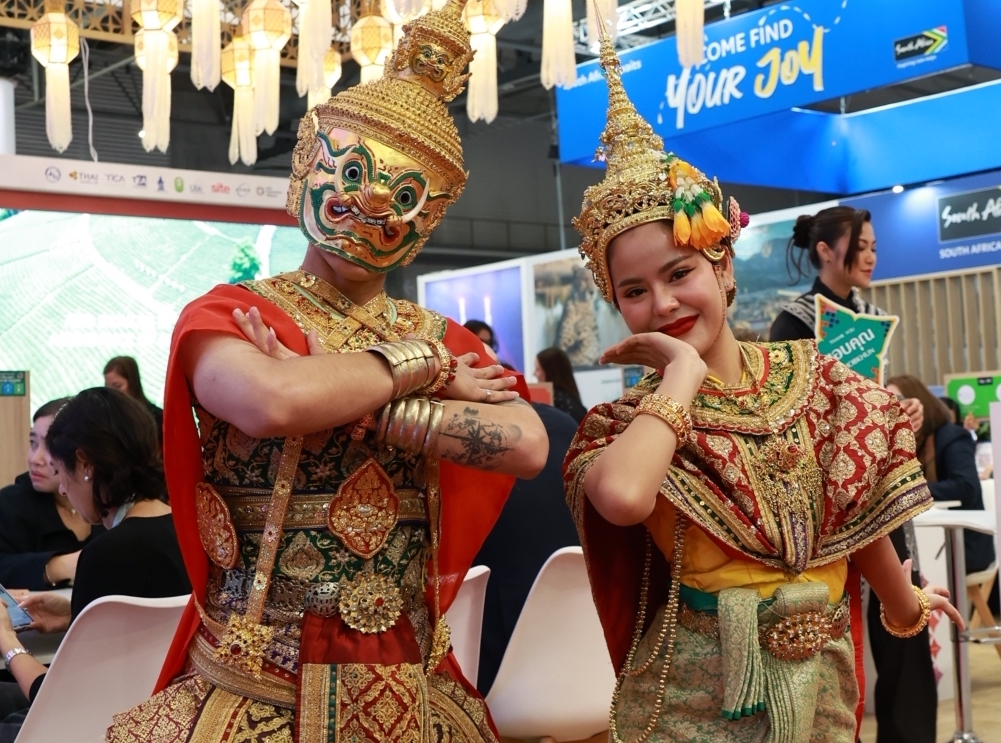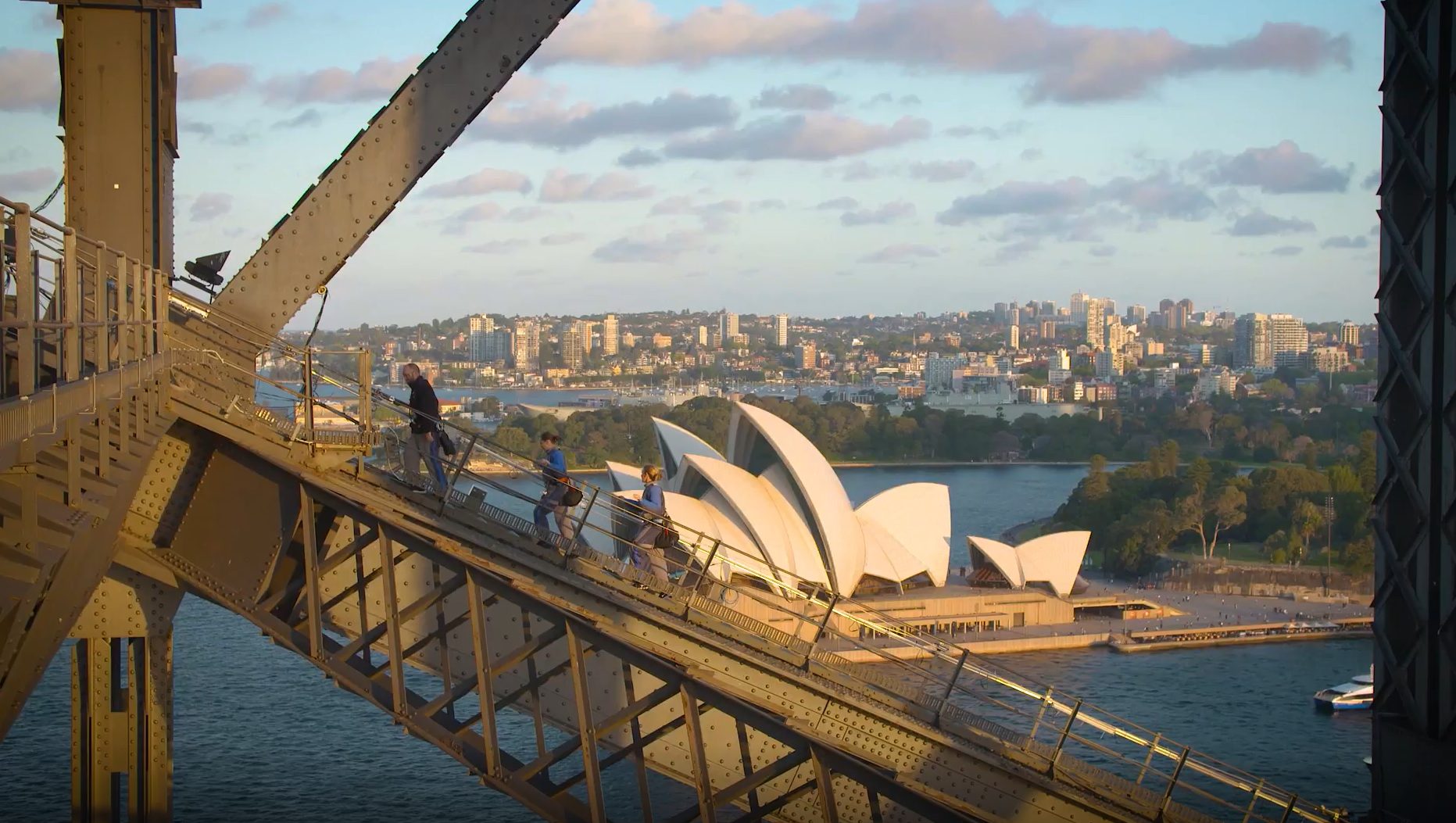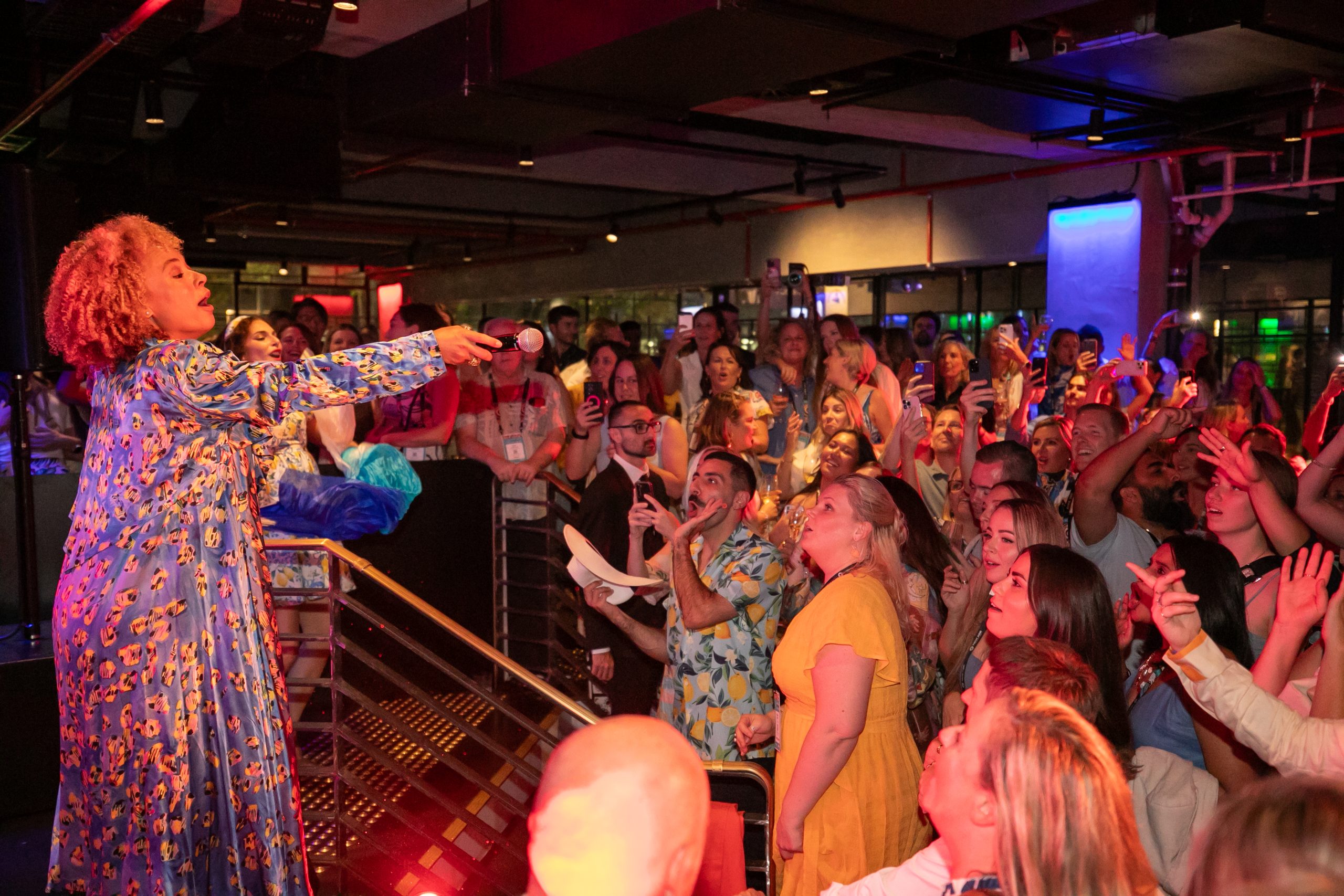Like many of its neighbours in Southeast Asia, particularly in the Mekong region, Vietnam is catching the attention of event organisers who have been casting their eyes around for less travelled destinations in Asia-Pacific.
Hanoi and Ho Chi Minh City, with their growing inventory of hotel accommodation and function space, remain not only the gateway cities but also the primary destinations for business events groups. While rapid development is threatening the loss of history and culture in both cities, a lot of local colour can still be found and these two urban centres are yet to lose their charm, remaining unexplored territory for many.
In recent years, a major percentage of corporate groups visiting Hanoi or Ho Chi Minh City for meetings, events and incentives come from within the region, mostly from Hong Kong, Singapore, South Korea, Japan, Thailand, Malaysia and India.
“Many new airlines from Asian countries now have daily flights to both cities,” says Lam Quang Dang, MICE department manager at Exotissimo Vietnam. “Furthermore, international hotel groups such as Accor and InterContinental are introducing a range of new four- and five-star accommodation not only in Hanoi and Ho Chi Minh City, but throughout Vietnam. The increased capacity for groups is a strong factor in the growth of business events in Vietnam.”

The Opera House in Hanoi
HANOI
The Vietnamese capital’s cultural appeal with its strong French colonial influence is its major draw for events organisers. “Hanoi fascinates visitors with its long history that spans the Thang Long Imperial court, French colonial and communist eras. It has a wide range of natural landscapes and a diverse population, which includes 53 ethnic minorities,” says Dang.
Exotissimo Vietnam typically handles groups between 50 and 400 people from companies representing various industries, including IT, financial services and insurance, to name a few. “The city remains the preferred destination because of its large range of tourist products, activities and infrastructure that can accommodate the needs of corporate groups,” Dang adds. “One memorable event we put together was comprised of a fashion show, a classical orchestra and ballet performance, followed by a gala dinner at the Hanoi Opera House, which is a replica of the Opera Garnier in Paris.”
Carl Sladen, director of sales and marketing at Sofitel Legend Metropole Hanoi, says: “You need some manoeuvring to get around but once you can cross the street, it’s a great city to explore because it is very flat. There are lots of parks and lakes, and there is the Old Quarter, which is a nice place to get lost and explore. Each of its streets focuses on producing and selling one specific item. It’s an eye-opening experience for first-timers who are searching for the colours, sights and smells of the city.
“We also enhance an experience by adding an element to an activity. For instance, we may invite local academics and other interesting people as part of a cocktail party or a museum tour to provide background and context to the experience. This helps our group to understand what makes Hanoi and the north tick.”
Sofitel Legend Metropole gets a lot of high-profile government delegations from organisations such as Asean and APEC. It also gets corporate groups, which stay an average of two or three days. While it does host group events within the property, it also handles offsite catering for many of its events clients.
One of its most recent groups was from the IT storage firm EMC, which held its four-day Asia Pacific Presidents Club 2012 function at the hotel at the end of April. The 600-person event entailed two offsite programmes: cocktails at the Opera House (with performances by the Vietnam National Symphony Orchestra and a New Zealand opera singer who flew in for the event), and a gala dinner on the final evening hosted at Chu Van An High School, a campus with a lot of history.
“Logistically, the gala dinner in the Chu Van An courtyard took a lot of effort. All the kitchen preparations had to be purpose-built just for that one day,” Sladen recalls. “In fact, it took a long time to find a venue. The hotel, the organiser and another third party spent a lot of time visiting different options. There are a lot of places of interests in Hanoi, but finding places that have the ability to serve a large number of people is a bit challenging. With an incentive, you have to find something special that is different and unique – the idea is to find somewhere that hasn’t been used before.”
Cordelia Choy, founder of Hong Kong-based Choysis, organised her first event in Hanoi late last year, and cites another challenge: “Hanoi has so much potential, but you have to be spot on and know exactly what you want. Local DMCs lack experience; in the beginning, you give instructions and then they go and do what they think is best. They have to be led and encouraged to think out of the box. Once this clicks with them, they are very appreciative and happy to learn.”
HO CHI MINH CITY
 Vietnam’s largest city, still known to many by its former name Saigon, is a far busier place than its northern counterpart. Being the country’s economic and financial capital, Ho Chi Minh City (HCMC) has a lot more buzz.
Vietnam’s largest city, still known to many by its former name Saigon, is a far busier place than its northern counterpart. Being the country’s economic and financial capital, Ho Chi Minh City (HCMC) has a lot more buzz.
Compared to Hanoi, HCMC is easier to navigate, which is essential for corporate groups who have to shuttle between venues for their different activities. “The city has good functioning infrastructure,” says former resident Dietmar Kielnhofer, who is now general manager of The Westin Tokyo.
John Gardner, general manager of the Caravelle Hotel, agrees: “There is a huge gap between the two cities, Hanoi and HCMC. Hanoi’s infrastructure is much worse than Saigon’s – the distance from their airport to downtown is great, the traffic flow in the city centre is all too often jammed, and the service quality is relatively immature. [Hanoi’s] layout is not really built for easy back-and-forth between venues in the middle of town. Saigon, by contrast, is more business-orientated and more attuned to what people want.”
Caravelle Hotel hosts corporate groups more for meetings than incentives. The typical length of stay is about three to four days with group sizes of 150 people and below. “Groups normally hold their events for one-and-a-half days to two days in the hotel, and then spend a half-day or full day outside,” Gardner says.
Dang of Exotissimo says event programmes based in HCMC tend to remain in the city compared to a Hanoi itinerary, which normally includes a side trip to Halong Bay. But this is not to say that HMCM lacks experiences that make a programme memorable.
“A favourite is taking a convoy of military jeeps to the Cu Chi tunnels with activities on site. The group returns to the city either by
bus or speedboat to enjoy a dinner reception at resorts and restaurants along the Saigon River,” Dang says, adding that experiences that give delegates a glimpse of the city’s wartime past are staples in a HCMC programme, including visits to war museums and the Reunification Palace.
Of course, other modern pursuits can also be added to an itinerary. “We can do an ‘Amazing Race’ throughout the city, night-time Vespa and cyclo tours, as well as rooftop dinners at either Chili, Sri, Rex or 50 storeys up at Strata, to name a few,” says Gardner.
But HCMC still has a long way to go to compete head to head with its Asian neighbours as a business events destination.
“Saigon needs a dedicated, large, multi-use conference centre located near the centre of the city,” Gardner observes. “We also need a dedicated events organisation that works for the whole city.”
Kielnhofer agrees: "The city needs to establish a convention bureau whose sole mission is to engage in destination marketing, promoting the destination first and foremost, and then individual hotels and venues.”
Hanoi and HCMC still present some challenges for companies keen on choosing either city as the site for their next event. Nevertheless, both cities have a distinctive local character that makes them worthy contenders as business events destinations.
FAST FACTS
ACCESS: Noi Bai International Airport in Hanoi and Tan Son Nhat in Ho Chi Minh City are the two major international entry points into Vietnam. Vietnam Airlines is still the main carrier for international and domestic flights, but most regional carriers have flights to either or both cities.
CLIMATE: Ho Chi Minh City is mostly warm all year round with an average temperature of 28ºC. Hanoi has a cooler climate with temperatures dropping as low as 10ºC between November and February.
VISA: Citizens of Asean (Association of Southeast Asian Nations) do not need a visa for stays of up to 30 days, while those of South Korea, Japan, Norway, Denmark, Sweden and Finland can stay visa-free for up to 15 days. Visas can be secured prior to departure at all Vietnamese consulates or embassies, or online for pre-approved on-arrival visas issued at the airport.
LANGUAGE: Vietnamese, but English is the second language.
CONTACT: Vietnamese National Administration of Tourism
tel: +84 4 3943 7072, emai: titc@vietnamtourism-info.com
THE PROFESSIONALS
CHOYSIS
email: cordelia@choysis.com
tel: +852 6120 7541
EXOTISSIMO TRAVEL VIETNAM
email: go.vietnam@exotissimo.com
tel: +84 8 3995 9898
ITINERARY

FOUR DAYS/THREE NIGHTS
Sofitel Legend Metropole Hanoi’s sample 2013 itinerary gives groups a well-rounded Hanoi experience:
DAY 1
• Breakfast at leisure in the hotel’s Spices Garden and then enjoy the first spa therapy of the trip.
• Stretch your legs around Hoan Kiem Lake and visit a local tailor.
• Chocolate buffet at the hotel’s Le Club Bar or relax poolside in the Bamboo Bar with your favourite book.
• Enjoy the wide range of shopping options in the area from international haute couture to local designs and everything in between.
• Welcome reception offsite.
DAY 2
• Experience the sights, sounds and flavours of Hanoi and its surrounding countryside.
• Golf at Van Tri, the city’s premier golf club.
• Enjoy a private Vietnamese barbecue buffet with themed decoration at the hotel.
• Night out in the venue of your choice: Rooftop, Minh’s Jazz, Marquee, 17 Cowboys, or Old Quarter backpacker spots.
DAY 3
• Choose one of the following full-day experiences: culture – a trip to Halong Bay or Ninh Binh; cuisine – half-day or full-day Vietnamese cooking class with Chef Van; conversation – interaction with luminaries of the past and present, including historians, poets and artists.
• “Dine around” evening around Hanoi, or Le Balcon movie night screening of The Quiet American.
DAY 4
• Morning options: final fitting of your newly tailored wardrobe; visit a local orphanage; tee off for a round of golf at Kings Island; or yoga or tai chi at Le Balcon.
• Visit a local village and observe craftsmen at work.
• Gala dinner at the Temple of Literature.
HOTEL HIGHLIGHTS
HANOI
Hotel de l’Opera Hanoi
An M Gallery Collection, this 107-room boutique hotel blends colonial accents, theatrical interior designs and contemporary spaces for entertainment. Located in the Hoan Kiem district and near the Old Quarter, it has four salon rooms for groups between 10 and 80 people.
Sheraton Hanoi Hotel
Surrounded by lush gardens, sweeping lawns and tranquil courtyards with a
good view of the West Lake, this 299-room property has 12 meeting spaces – the largest is the outdoor Westlake Garden, which can cater to 600 people for receptions.
Sofitel Legend Metropole Hanoi
This French colonial-style hotel, near Hoan Kiem Lake and the Opera House, has a choice of classy venues, including L’Orangerie, a stately European glass house nestled amid a picturesque garden. There is also the Thang Long room that can hold up to 200 people.
HO CHI MINH CITY

Novotel Saigon Centre
InterContinental Asiana Saigon
The 305-room hotel is locatd in the city centre near Notre Dame Cathedral and the well-known Saigon Post Office. Famous landmarks like the Reunification Palace are a few minutes away. It has a 1,177 sqm Grand Ballroom that can fit up to 1,200 people for cocktails. It has six meeting rooms that can hold groups between eight and 176 guests.
Park Hyatt Saigon
Located at Lam Son Square in Ho Chi Minh City centre, this 244-room hotel is within walking distance of the exhibition centre and the main business districts as well as the main tourist attractions. The ballroom can accommodate up to 450 guests while the four salon function rooms and boardrooms can fit 60 and 10 people respectively.
www.saigon.park.hyatt.com
Novotel Saigon Centre
The newly opened Novotel Saigon Centre is located amidst the city’s trendy retail and commercial buildings and major consulates, and has five meeting rooms that offer the latest state-of-the-art AV equipment, the biggest of which measures 400 sqm and can accommodate up to 350 guests.
email: H7965-SM@accor.com
Caravelle Hotel
Named after Iberian caravelas, 15th century sailing ships, Caravelle Hotel has seen
much history in its 53 years standing at its now prestigious address on Lam Son Square. The 335-room, five-star property has a number of function rooms and a ballroom that can hold up to 600 people. It is about to commence a two-year renovation project that will bring it right up to modern
five-star standards.
Mövenpick Hotel Saigon
Only a 10-minute drive from Tan Son Nhat International Airport and 20 minutes away from the city centre, this 278-room hotel has a ballroom for up to 450 people, two meeting rooms that can hold more than 100 people and three boardrooms with capacity for groups of 12 to 14 people.
– See more at: http://www.mixmeetings.com/past-issues/2012/june-july/explore/north-and-south#sthash.gCAlosf0.dpuf


